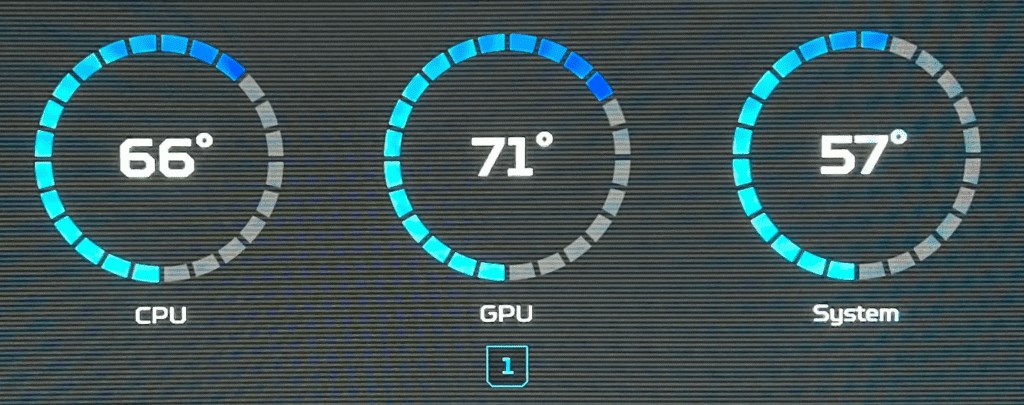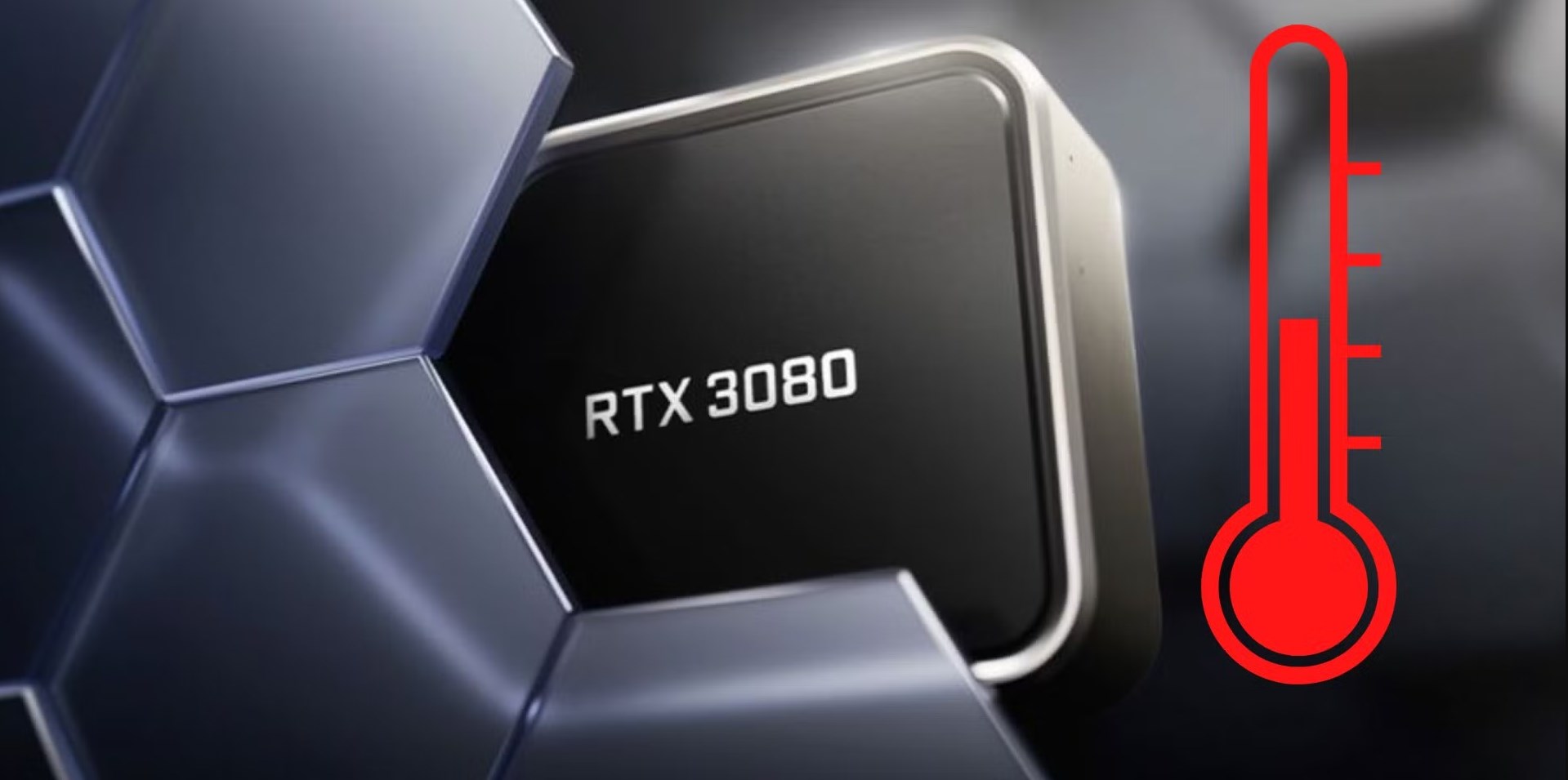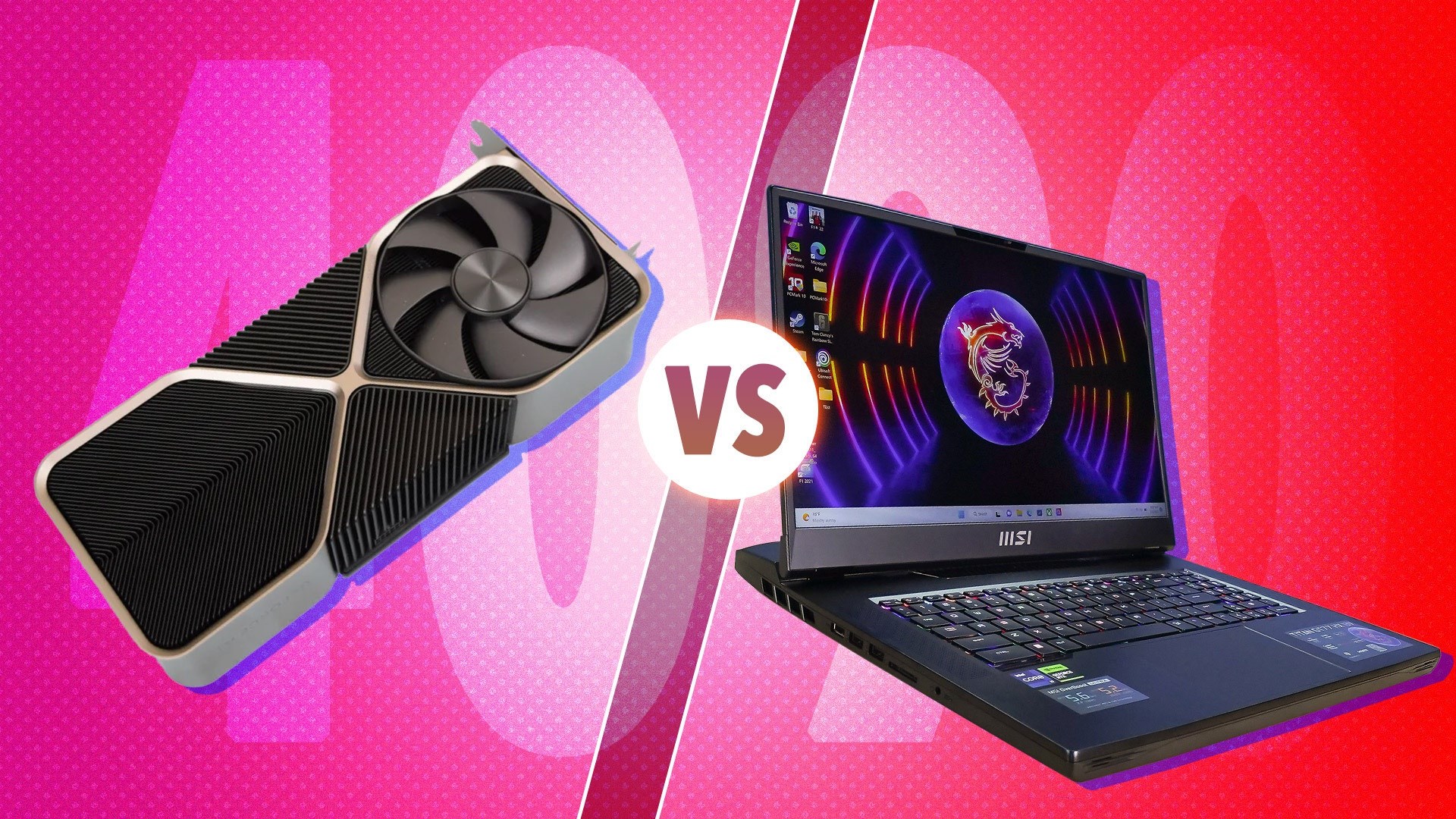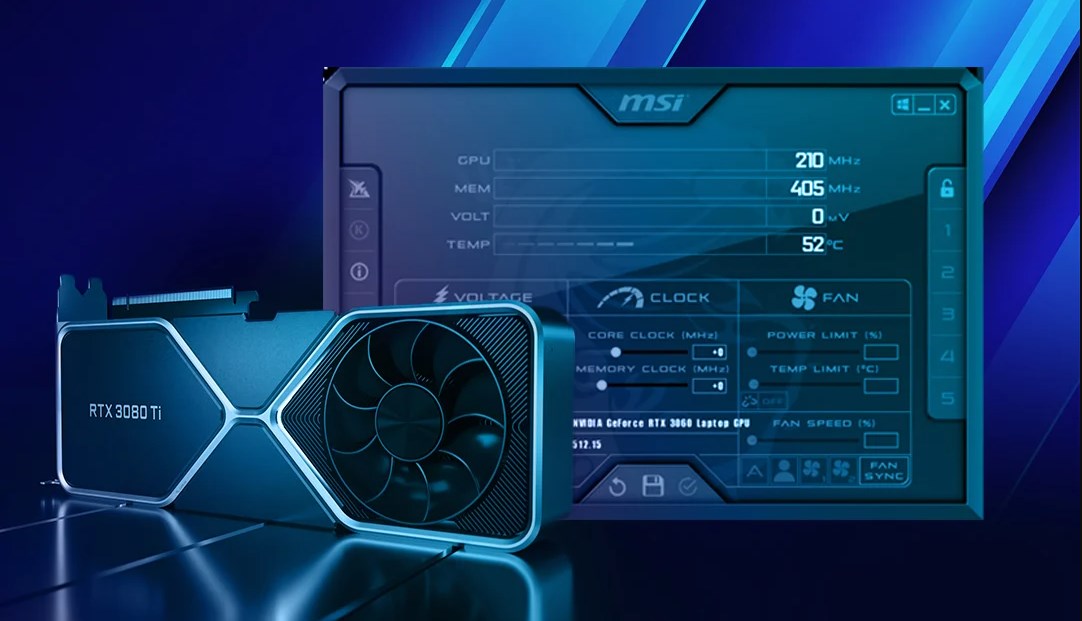The graphics card temperature in the computer world is one of the critical factors that directly affect system performance and hardware life. Modern GPUs produce a significant amount of heat during intensive graphic operations and this heat must be controlled. GPU temperature for game lovers and professional users is considered one of the basic indicators of system health. Particularly in high -performance applications or long -term use, tracking of temperature values is of great importance.
Each graphics card model is designed to operate at different temperature ranges determined by the manufacturer. The optimal GPU temperature varies according to the model, manufacturer and purpose of use of the card. Some cards offer maximum performance at low temperatures, while others can work smoothly at higher temperatures. It has a vital role in terms of correct interpretation of temperature values, optimizing system performance and extending hardware life.
CPU and GPU temperature balance: Optimum values
 The temperature values that directly affect the performance of the processor and graphics card are critical for system stability. The question of what is the CPU and GPU temperature should be one of the most curious issues of computer users. In modern computer systems, it is normal for the processor temperature to be in the range of 30-80 ° C and the graphics card temperature is in the range of 35-85 ° C.
The temperature values that directly affect the performance of the processor and graphics card are critical for system stability. The question of what is the CPU and GPU temperature should be one of the most curious issues of computer users. In modern computer systems, it is normal for the processor temperature to be in the range of 30-80 ° C and the graphics card temperature is in the range of 35-85 ° C.Processors can work safely up to 75 ° C today. The answer to the question of how many degrees CPU and GPU should be in high -performance operations vary according to the scenario. Intel and AMD processors automatically maintain the system stability by activating the Throttling mechanism when they reach a maximum temperature of 100 ° C.
The ideal operating temperatures for graphics cards are slightly higher than processors. NVIDIA and AMD GPUs work up to 83 ° C smoothly. In gaming laptops, this value can reach up to 88 ° C. Modern GPUs automatically reduce clock speeds and limit power consumption to avoid exceeding thermal limits.
The following values can be referenced for the temperature balance of the system components:
| Component | Ideal temperature | Maximum safe temperature |
|---|---|---|
| CPU | 45-65 ° C | 75-80 ° C |
| GPU | 50-70 ° C | 83-85 ° C |
These temperature values indicate the safe operating intervals of modern computer systems. In desktop systems, lower temperatures are generally observed, while laptops are considered normal due to limited cooling capacity.
The important points to be considered in thermal management:
- Optimization of In -Case Air Flow
- Regular renewal of thermal paste application
- Correct configuration of fan speed profiles
- Periodic dust cleaning
The quality of cooling solutions directly affects system performance. In air-cooled systems, the average processor temperatures may fall in the range of 60-70 ° C, while in liquid-cooled systems, this value may drop to the band of 50-60 ° C. There is a similar situation for graphics cards.
It is important to work correctly and to monitor the temperature values of the thermal sensors. AIDA64, HWMonitor or MSI Afterburner, such as software, allows you to follow system temperatures in detail. Through these programs, the temperature values of the components can be monitored in real time.
Temperature values are of particular importance during overclocking applications in high -performance systems. The protection of secure temperature limits in the processor and graphics card speed overclocking operations is critical in terms of hardware life. Therefore, system temperatures should be kept under constant control. For this purpose, system monitoring software or Windows 10 task manager GPU temperature feature can be followed instantly. Thus, in case of any overheating, preventive measures can be taken quickly and the hardware can be prevented from being damaged.
Ideal GPU temperature: Normal values and safe intervals
 The graphics card temperature is a critical factor that directly affects the performance and life of the hardware. The average GPU temperature varies according to the usage scenario. Modern graphic processors have secure operating temperatures between 30 ° C and 85 ° C at different load levels. The answer to the question of how many GPU temperature should not exceed varies according to its purpose and graphics card model. Most manufacturers evaluate temperatures over 90 ° C as risky.
The graphics card temperature is a critical factor that directly affects the performance and life of the hardware. The average GPU temperature varies according to the usage scenario. Modern graphic processors have secure operating temperatures between 30 ° C and 85 ° C at different load levels. The answer to the question of how many GPU temperature should not exceed varies according to its purpose and graphics card model. Most manufacturers evaluate temperatures over 90 ° C as risky.Idle
In cases where the system is idle, the ideal GPU temperature is between 30 ° C and 45 ° C. These values include situations in which the graphics card works under minimum load and performs the basic tasks. When the normal GPU temperature is in this range, the energy efficiency of the hardware is at the highest level. In light operations such as desktop use and web scanning, the temperature is expected to remain at these levels.
Light load
In moderate operations such as light games and multimedia applications, the answer to the GPU temperature should be between 45 ° C and 65 ° C. This temperature range represents the values in which the graphics card performs optimum performance and remains within the secure working limits. Transactions such as video editing and 2D graphic design fall into this category.
- Middle level games: Normal values between 50 ° C – 60 ° C. These temperatures indicate that the graphic processor works efficiently.
- Multimedia procedures: 45 ° C – 55 ° C is the ideal operating temperature. Video coding and analysis processes take place in these values.
- Graphic Design: Temperatures between 50 ° C – 65 ° C are in the safe working range. These values are normal during rendering.
High load
In modern games that require high graphic performance and professional rendering processes, the GPU temperature varies between 65 ° C and 85 ° C. These values represent situations in which the graphics card works at maximum capacity. The ideal GPU temperature should not exceed 80 ° C in these scenarios. Playing games in high FPS values and maximum graphics settings delivers GPU to these temperatures.
- AAA Games: Normal values between 70 ° C – 80 ° C. These temperatures are expected when features such as rail tracing are active.
- 3D render: 75 ° C – 85 ° C are acceptable temperatures. These values are seen in long -term rendering.
- Crypto mining: The optimum operating temperature between 65 ° C – 75 ° C. These values are normal under constant load.
Thermal limits of graphics cards are usually around 95 ° C. When this temperature is approached, the system automatically reduces or closes performance. The continuous high levels of GPU temperature shortens the life of the hardware and causes performance losses. Normal GPU temperature can be kept at ideal levels with regular care, quality thermal paste use and adequate ventilation.
Desktop and Laptop GPU temperature values comparison
 In desktop and laptops with different system architecture, graphics card temperature values vary significant differences. In desktop and laptop systems, GPU temperature ranges, cooling systems and thermal limits are separated from each other. For this reason, knowing the ideal temperature values based on platform -based is critical for hardware health.
In desktop and laptops with different system architecture, graphics card temperature values vary significant differences. In desktop and laptop systems, GPU temperature ranges, cooling systems and thermal limits are separated from each other. For this reason, knowing the ideal temperature values based on platform -based is critical for hardware health.| System type | Ideal temperature | Maximum safe temperature | Thermal limit |
|---|---|---|---|
| Desktop gpu | 65-75 ° C | 85 ° C | 95 ° C |
| Laptop GPU | 75-85 ° C | 90 ° C | 100 ° C |
In desktop systems, the graphics card temperature usually is at lower levels. Optimum performance is obtained when the GPU temperature is between 65-75 ° C on desktop computers. Thanks to wider vault volume and advanced cooling solutions, desktop GPUs are cooled more effectively. Custom cooling designs and double/triple fan systems facilitate the thermal management of desktop graphics cards.
In laptops, the laptop graphics card temperature works at higher values due to limited case volume and compact design. Laptop GPUs perform normal in the range of 75-85 ° C. Due to the use of fine form factor and shared cooling system, laptop GPUs are designed to withstand higher temperatures. However, values over 90 ° C may cause performance decrease and shortening of hardware life.
Modern GPUs have thermal protection mechanisms. When the graphics card temperature values exceed safe limits, the clock speeds are automatically reduced and power consumption is restricted. Although this leads to loss of performance, it protects the equipment against overheating. Temperatures over 90 ° C in desktop systems and in laptop systems trigger the Throttling mechanism.
Maintenance processes such as thermal paste renewal, fan cleaning and optimization of internal air flow helps to keep GPU temperatures at ideal levels. It is especially important to monitor GPU temperatures continuously in applications that perform intensive graphic operations. Software such as MSI Afterburner, GPU-Z and Hwmonitor allows instant temperature monitoring.
GPU temperature and safe limits during the game
 Modern graphics cards are designed to operate at the optimized temperature intervals during intensive game performance. The GPU temperature is usually between 65-85 ° C when playing games. These values may vary according to graphics card models and cooling systems.
Modern graphics cards are designed to operate at the optimized temperature intervals during intensive game performance. The GPU temperature is usually between 65-85 ° C when playing games. These values may vary according to graphics card models and cooling systems.- Normal temperature range: GPUs can work in the range of 70-80 ° C during the game. These values are a safe range for modern graphics cards.
- Maximum safe temperature: Graphics cards usually operate safely up to 85 ° C. Some models can reach up to 90 ° C for a short time.
- Critical temperature threshold: The answer to the question of how many degrees of the graphics card is usually in the range of 95-105 ° C. When these temperatures are reached, the GPU closes automatically.
You should regularly follow the temperature values to optimize your gaming experience and maintain your hardware. If you think the video card is 90 degrees normal, this value indicates that it is working at maximum limits and may cause problems in the long run.
- Fan speed control: You can manually adjust the fan speeds to keep the GPU temperature below 80 ° C.
- Thermal paste renewal: Renewing thermal paste every 2-3 years helps to maintain optimal temperature values.
- Case ventilation: A good air flow can reduce the GPU temperature by 10-15 ° C.
Professional players and hardware experts recommend that GPU will work below 75 ° C. This temperature range is the ideal value of the graphics card for maximum performance and long life. When high temperatures become continuous, GPU’s life may be shortened and performance decreases may be experienced.
RTX and AMD RDNA series modern graphics cards can keep the temperature under control even at high performance thanks to advanced cooling systems. However, regular maintenance and cleaning is essential to maintain optimum temperature values.
To keep the GPU temperature under control, regular cleaning, quality thermal paste use and a good case ventilation is critical. If the temperature of your graphics card is continuously above 85 ° C, you should review your cooling system and take the necessary precautions. The correct temperature management will significantly increase the performance and life of your graphics card.